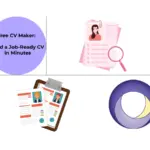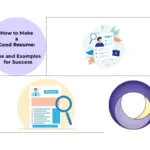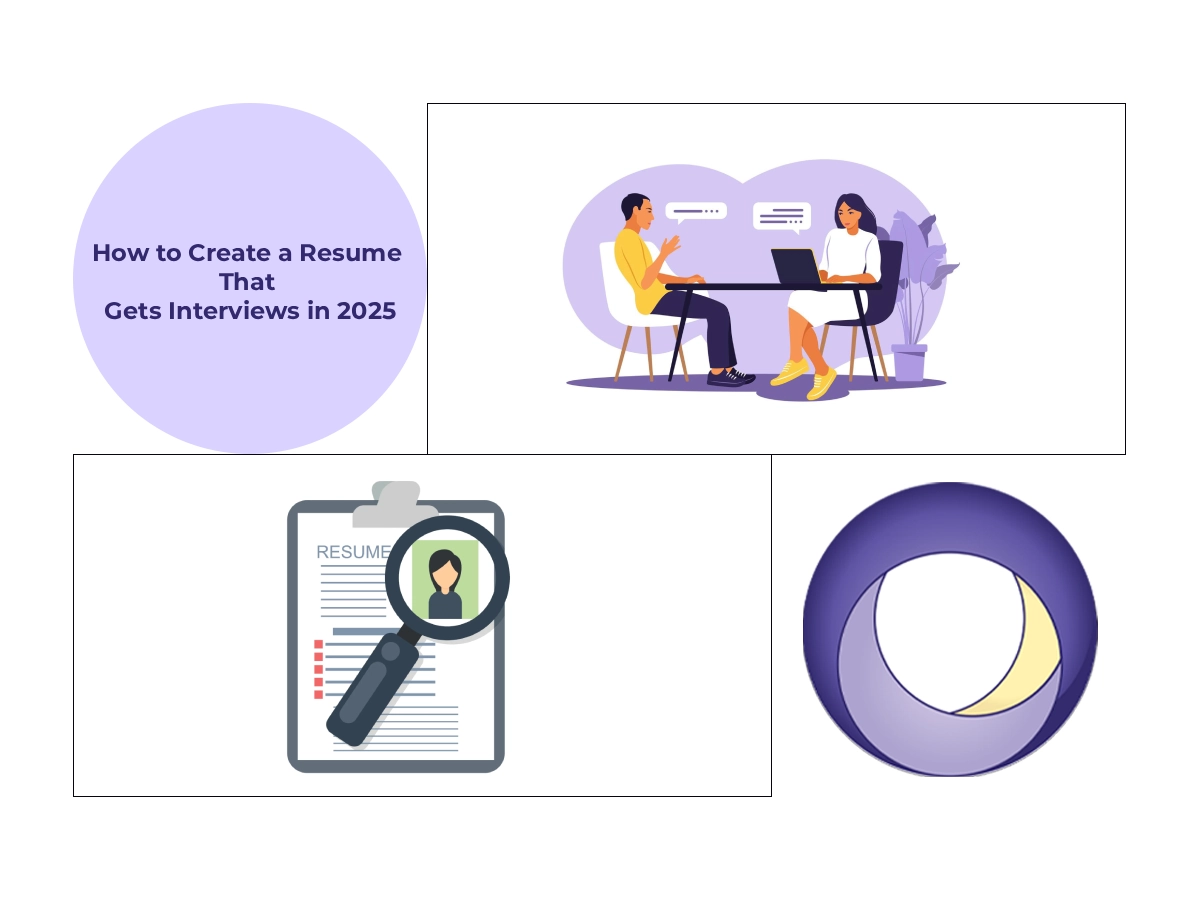
How to Create a Resume That Gets Interviews in 2025
Crafting a resume is one of those tasks nobody enjoys but everyone has to face. You sit there, staring at a blank page, wondering how to fit years of work, side projects, and skills into a single document. Most resumes fail not because the candidate isn’t qualified, but because the resume doesn’t speak the language recruiters and applicant tracking systems (ATS) expect. If you’ve ever sent out dozens of applications and heard nothing back, you already know the pain. Let’s break down how to create a resume that doesn’t just look good but actually gets interviews.
Table Of Content
- 1. Start With the Basics, but Don’t Stop There
- 2. How to create a resume? Understand How Recruiters Actually Read
- 3. Keywords Are Not Optional Anymore
- 4. Format Like a Recruiter, Not a Designer
- 5. Tell Stories With Action Verbs
- 6. How to Create a Resume? Customise Every Resume (Yes, Every Single One)
- 7. Keep It Short, Unless You’re a Senior Leader
- 8. Add Extras That Make You Stand Out
- 9. Proofread Twice, Then Ask Someone Else
- 10. How to create a resume? Use Tools Without Letting Them Write for You
- Common Mistakes That Cost Interviews
- Final Thoughts
1. Start With the Basics, but Don’t Stop There
How to create a resume? Know that your resume has one job: to convince someone you’re worth meeting. That means it needs to be clear, relevant, and easy to scan. Recruiters spend an average of six to seven seconds on a resume before deciding whether to keep reading.
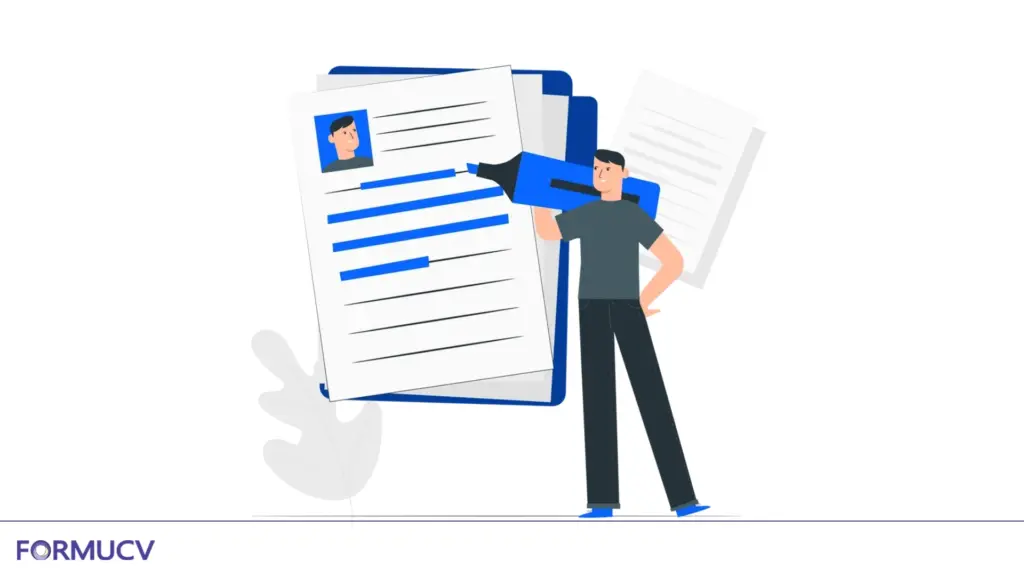
The essentials include:
- Contact details (professional email, phone number, LinkedIn link)
- Work experience in reverse chronological order
- Education
- Skills
But the trick isn’t just listing them. It’s showing impact. Instead of saying “Responsible for managing a team”, try “Led a team of 5 engineers, boosting delivery speed by 20% in six months.” Numbers stick.
2. How to create a resume? Understand How Recruiters Actually Read
I once asked a friend in HR what she looks at first. Her answer: “Job titles and dates.” Recruiters want to see stability, progression, and relevance. If your last role is entirely unrelated to the job you’re applying for, bridge the gap with a strong professional summary at the top.
Think of it as your pitch in 3–4 lines:
- Who you are professionally
- What do you specialise in
- One or two standout achievements
For example:
“Results-driven marketing analyst with 5+ years of experience in digital campaigns. Increased ROI by 40% at a fintech startup and skilled in turning data into strategy.”
That’s enough to hook attention before they skim the details.
3. Keywords Are Not Optional Anymore
Most large companies use ATS software to filter applications. If your resume doesn’t include the keywords from the job description, it may never reach human eyes.
Here’s how to work around it without stuffing:
- Copy the job description into a word cloud tool.
- Identify the most frequent skills and terms.
- Naturally, weave those into your work experience and skills section.
For instance, if “project management,” “Agile,” and “stakeholder communication” appear repeatedly in your ATS-friendly resume, make sure those phrases appear where they make sense.
4. Format Like a Recruiter, Not a Designer
Beautiful, overly designed resumes often backfire. They might confuse ATS systems or annoy recruiters who want to scan. Keep it simple:
- Use one or two professional fonts (Calibri, Arial, Helvetica)
- Stick to black text on a white background for clarity.
- Use bold for job titles and italics sparingly.
- Keep bullet points short (1–2 lines max)
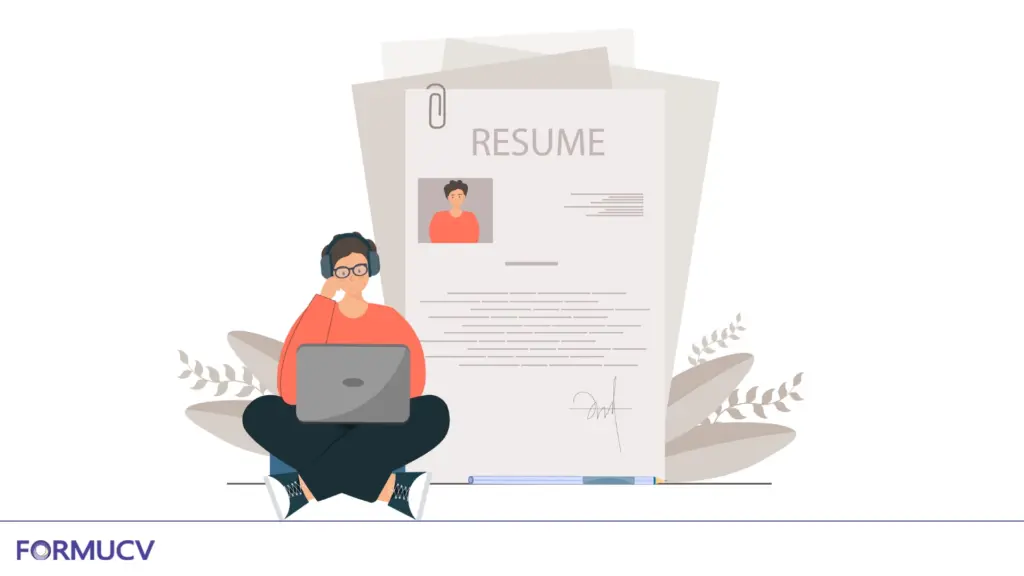
A hiring manager once told me, “If I have to zoom in or squint to read your CV, it’s a no.” That’s harsh but real.
5. Tell Stories With Action Verbs
How to create a resume? You should know that Resumes aren’t novels, but should still tell a story of progress. Action verbs help frame you as someone who makes things happen. Instead of weak phrasing like “helped with project”, try:
- Spearheaded
- Streamlined
- Increased
- Delivered
- Launched
Every bullet point should show either growth, efficiency, savings, or innovation.
6. How to Create a Resume? Customise Every Resume (Yes, Every Single One)
Sending the same resume to 20 job postings is like fishing with no bait. Recruiters can smell generic CVs instantly.
The best resumes include:
- Swap the order of skills so the most relevant ones appear first.
- Highlight projects or roles that match the job description.
- Even the job title at the top of your resume can be adapted to mirror the role you’re applying for.
It takes an extra 10 minutes but it can double your interview chances.
7. Keep It Short, Unless You’re a Senior Leader
For most people, one page is enough. Two pages can work if you have more than 10 years of relevant experience. Anything longer, and you risk losing the reader.
Remember how to create a resume: the goal isn’t to tell your life story. It’s to spark enough interest for them to invite you in and hear more.
8. Add Extras That Make You Stand Out
How to create a resume? A resume is still a professional document, but small additions can help. For instance:
- Projects: If you’re in tech, link to your GitHub or portfolio.
- Certifications: Google Analytics, AWS, PMP, or any industry-recognised ones.
- Languages: Especially valuable in global markets.
- Volunteer work: Shows initiative and soft skills.
In one case, a candidate I know was interviewed at a Dubai fintech firm simply because he listed his open-source contributions. The hiring manager was also part of that community.
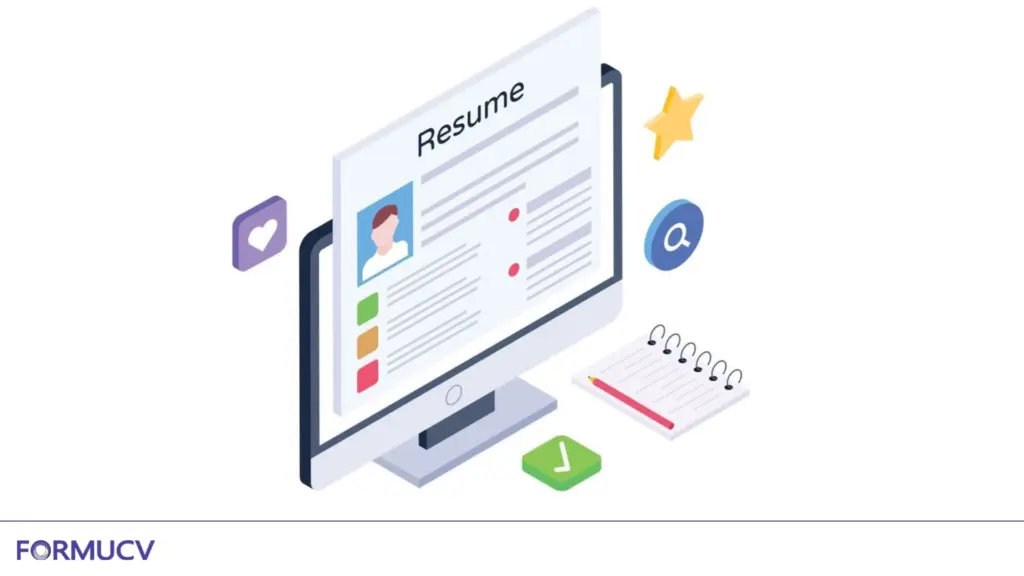
9. Proofread Twice, Then Ask Someone Else
Nothing kills credibility faster than typos. Run a spell check, but also read aloud to catch clunky sentences. Better yet, have a friend review it. Fresh eyes spot errors your brain skips.
I once encountered a candidate who listed their skill as “attention to detail.” Needless to say, this raised eyebrows.
10. How to create a resume? Use Tools Without Letting Them Write for You
AI resume builders and tools like FormuCV can be powerful allies. They help with phrasing, keyword optimisation, and formatting while staying ATS-friendly.
But don’t just copy-paste AI text. Add your personality, your numbers, your authentic voice. Recruiters are quick to detect overly generic resumes. Think of AI as your co-pilot; it sets up the framework, but you’re the one steering.
Common Mistakes That Cost Interviews
Even strong candidates lose opportunities because of avoidable errors. Some to watch out for:
- Using vague phrases like “hardworking team player” with no proof
- Listing duties instead of achievements
- Writing paragraphs instead of bullet points
- Adding irrelevant personal details (marital status, nationality, hobbies, unless directly relevant)
- Overloading with buzzwords that mean nothing
Clarity always beats fluff.
Final Thoughts
Knowing how to create a resume that gets interviews is part strategy, part self-awareness. You don’t need to be a writer; you need to be a translator of your career story. Translate skills into impact, duties into results, and scattered experiences into a coherent narrative.
At the end of the day, a resume won’t land you the job on its own, but the ticket gets you through the door. If yours consistently gets ignored, it’s not a reflection of your ability; it’s a signal your story needs to be told differently. And once you fix that, you might be surprised at how quickly the interview calls start coming in.
